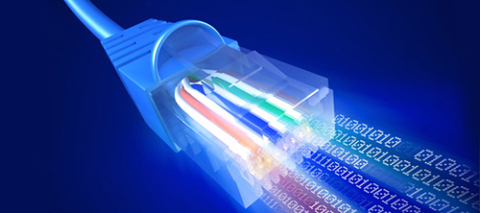
There are currently two major telcos in the Philippines right now. In the previous reports that we’ve shared, it’s obvious that quite a number of subscribers aren’t totally satisfied with the service that they’re getting. In this article we list down a few points why we think there is a need for a third telco player in the Philippines.

Let’s first take a trip down memory lane. There use to be three major telecom players (PLDT/Smart, Globe, and Digital/Sun Cellular) between 2003 to 2011 and we saw how fierce the competition was.
In 2011, PLDT bought majority stake of Digitel (Php74.1 billion for 51.55% shares) which operates Sun Cellular, nullifying a very aggressive 3-player telco competition. Many opposed this move, including us (Merging Smart & Sun not good for consumers?), but the NTC approved the sale.
PLDT’s revenues were shrinking the previous year due to the fierce competition.

By buying into Sun Cellular, the company hoped to consolidate and strengthen its position as the majority telecom provider in the country. So now, we’re back to just two players.
We looked back to those years where 3 independent telcos made more sense for the subscribers and listed down these points:
An additional telco means more choices for consumers.
This is as simple as it sounds. If there are more than two options to choose from, consumers would not give in or be forced to be under a telco that doesn’t specifically cater to their needs/wants. This is what we’ve also talked about in our previous article, “Why do Filipinos pay more for slow Internet?” where we came to a conclusion that we pay for expensive Internet because we simply have no other choice.
The current duopoly is weak due to potential standoff.
Since there are just two telco players right now, there tends to be a waiting game between them. It’s like one is just waiting for the other on its next step, with both readying to react to whoever makes the first move.
Another reason is since two players are only involved, it’s easier for both to predict what the other company will do next. Put a third contender into the mix and it would be harder for them to prepare for the competitor’s next agenda.
Copy-each-other formula.
When Globe announced its Free Facebook campaign, a first in the world, Smart also announced its free Internet for its subscribers.
This kind of formula eliminates the room for thinking outside the box. Having a third independent player will most likely disrupt this current model and will encourage the three of them to introduce more fresh offerings for the Filipinos in the attempt to have an edge over the other two contenders.
There is very little incentive to disrupt current line of services and pricing.
Since they just copy each other, whatever they do just tend to cancel each other out. This results to them not going past the norm or disrupting the status quo since some of their efforts don’t bear much fruit.
As an example, there was a SIM-swap campaign that was launched a few years back where Globe offered to swap people’s Smart SIM for a Globe SIM plus an additional load credits. This resulted to gazillions of subscribers swapping to Globe and at first was good news for the company.
However, Smart countered it later on with their own swap campaign which successfully brought back their subscribers — this resulted to both telcos just ending up with almost the same number of subs they started with and even lost the free load credits for each SIM swapped.
Basically, they both just spent money to be somehow back in square one.
The dynamics of the competition will be different if it’s a three-way battle.
With just two players, it’s automatically a seesaw setup wherein when an individual dislikes one service he would automatically give his loyalty to the only remaining player. But with three companies vying for the subscriber’s loyalty, an individual still has two options when he decides that he no longer wants to receive the service of one company. This will result to the telcos stepping up their game in hopes to still be chosen over the last option when the original choice no longer works for the subscriber.
For example, if you find the service of Telco A to be unreliable you’ll still have Telco B and Telco C to choose from. Because of this, Telco B would want to be chosen rather than Telco C so Telco B would still have that drive to make their offers more attractive for everyone. In our current setup, Telco B automatically wins when Telco A fails — this wouldn’t be the case when Telco C is around and is also ready to accommodate potential subscribers.
As we’ve pointed out, bringing in an additional player in the telco business not only gives us more choices but it could also change the slow, unsatisfying service that both networks are currently serving us. We’ve just reported that Philippines is STILL at 2.5Mbps of average Internet speed as of Q4 2014– with the rates that we’re paying for there’s certainly a big room for improvement, don’t you agree?
Abe Olandres contributed to this article.
The post Why We Want a Third Telco Player appeared first on YugaTech | Philippines, Tech News & Reviews.








